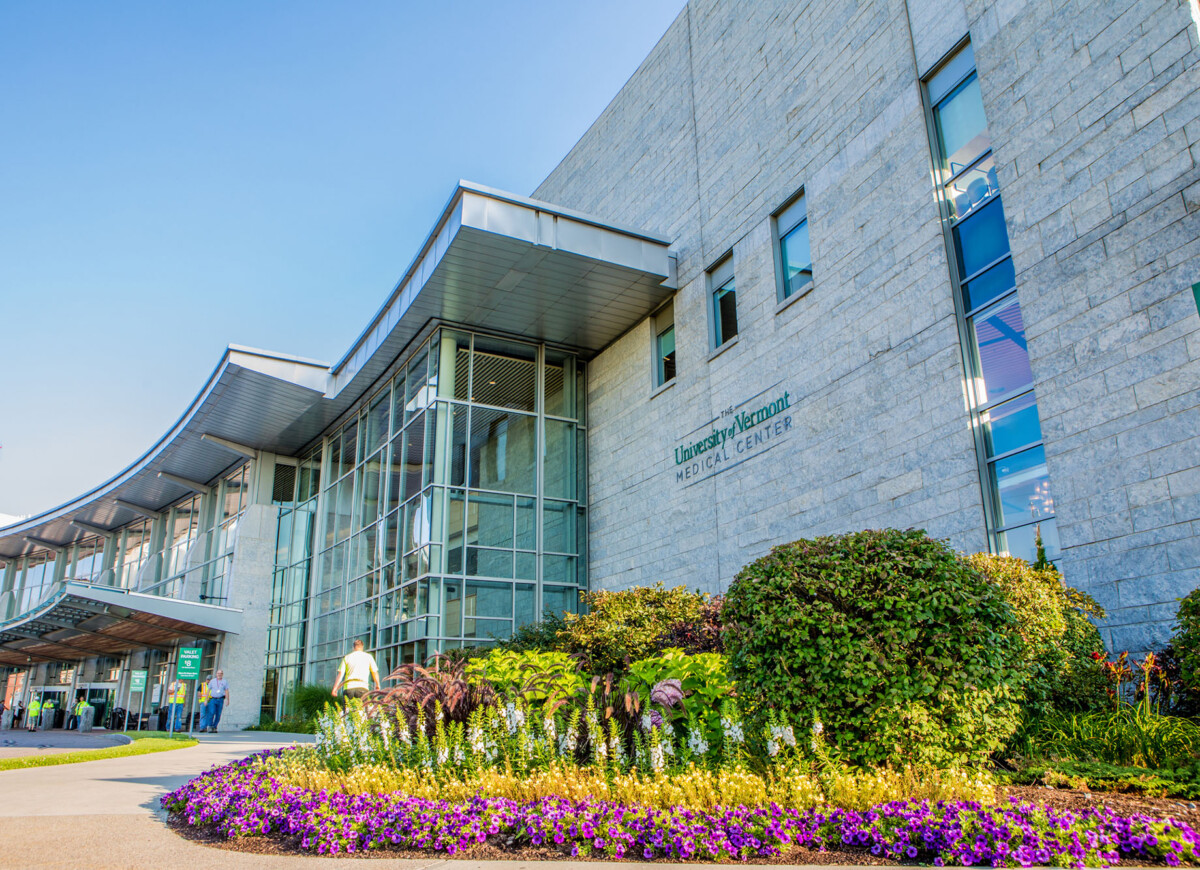UVM Medical Center’s Budget Makes Needed Investments for Patients and Staff

In July, the UVM Medical Center joined other hospitals across the state in submitting our fiscal year 2024 budget to our regulator, the Green Mountain Care Board. Our budget contains just what is necessary to provide the care our patients need, while rebuilding our capacity to prepare for the future. As a longtime doctor here in Vermont, and as President of the University of Vermont Medical Center, I want to share how we build our budget and why this year’s review process by the Green Mountain Care Board is pivotal for the future of the very health of our state.
As Vermont’s only level 1 trauma center, cancer center, and children’s hospital, UVM Medical Center plays a crucial role in the health of our communities.
We may be based in Chittenden County, but we’re a hospital for all Vermonters and the people of Northern New York. This is a rare combination in the country – very few Academic Medical Centers serve as the local community hospital and also as a regional teaching hospital. To deliver on our promise to our patients, our budget must meet the needs of our patients both now and into the future, whether they live in Chittenden County or a few hours away. But in recent years, building such a budget has become increasingly difficult as we navigate a challenging economy and an extremely tight labor market.
By far, our single largest expense is staff. About 60% of our budget covers pay and benefits for our hardworking and dedicated employees. As we work to attract and retain vital staff in a very competitive market, salaries and wages continue to rise.
Another 20% of our budget goes to purchasing pharmaceuticals and medical supplies. Recently, I was rounding at the hospital, and walked by the wall of drawers where we store various stents, which are tiny wire mesh tubes used to keep arteries open. As I picked one up, a cardiologist told me it costs $7,000 (I very carefully put it back down). He then told me the most expensive stent we use for particularly complicated cases costs $45,000. While medical advancements have grown ever more miraculous, they come with a cost outside our control. Our patients deserve the latest materials, medicine and care, all of which has increased in cost.
A large portion of the remaining budget goes toward other operational costs like buying equipment, feeding our patients, and keeping facilities up and running. Everywhere we can, we try to offset these costs. We continue to make investments to become more energy independent, reduce our contribution to climate change, and reduce expenses, and are routinely recognized as a leader in sustainability. When we opened the LEED Gold Certified Miller Inpatient Building in 2019, energy use on the main hospital campus in Burlington decreased overall.
After accounting for expenses, our budget would result in a margin of 3% – money that is used to invest in our future. As a nonprofit organization, we do not have shareholders. Any margin we realize goes to our staff, equipment and facilities, to better serve our patients.
The banks that lend us money expect a financially healthy system to have a minimum 2.5% margin. But over the past several years, ours has trended lower and lower, eventually turning negative. Last fiscal year, our margin was -1.2%, a loss of nearly $23 million, and these ongoing results led one of the major credit rating agencies to downgrade us. This is unsustainable for Vermont’s academic medical center, and it is not a solid foundation for meeting the needs of our patients today or in the future.
When we add up the expenses I’ve just outlined, we are left with challenging decisions about how to keep the rates we charge commercially-insured patients low. All too often we are forced to make cuts that I know will impact our patients now and 5 to 7 years from now.
There are meaningful ways we can mitigate the impact on commercial ratepayers. We are grateful to the Vermont State Legislature for increasing Medicaid reimbursement rates, which allowed us to reduce our commercial rate request in this fiscal year. Next, let’s consider using the tax revenue hospitals already pay to increase Medicare and Medicaid reimbursements, something many states already do. And of course, we will continue to do the internal work of carefully assessing our expenses and plans; reducing our traveler expenses through UVM Health Network initiatives and strategic recruitment and retention efforts; growing our own workforce; and making investments to improve patient access and revenue at the same time.
At the end of it all, the budget discussion comes back to this simple reality: as a nonprofit hospital, we cannot be prepared for the next pandemic, support our aging population, and address challenges to access without approved budgets that allow us to cover the expenses of providing all these services.
The budget UVM Medical Center submitted to the Green Mountain Care Board took months to prepare. We strongly believe it is the budget we need to meet the care needs of the patients we serve. This fact must remain front and center in our discussions with the board over the next few weeks.
Stephen M. Leffler, MD,
President and Chief Operating Officer, The University of Vermont Medical Center
